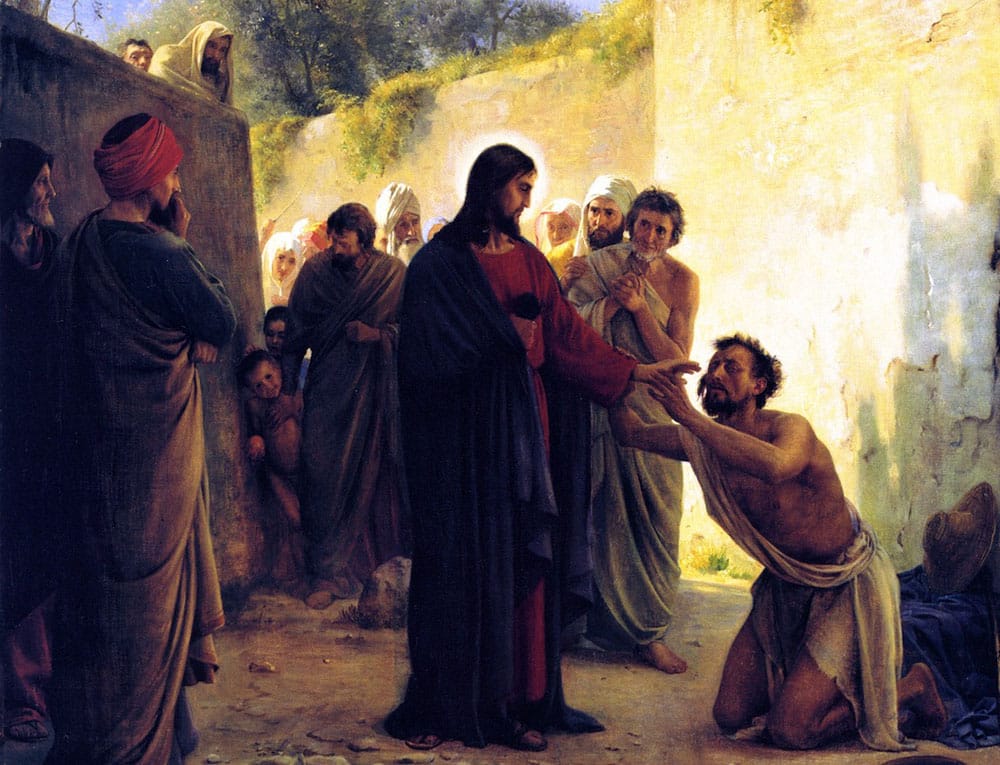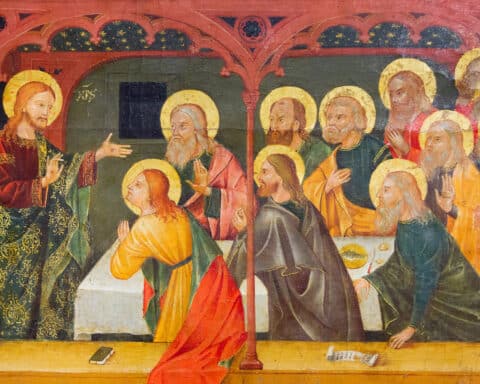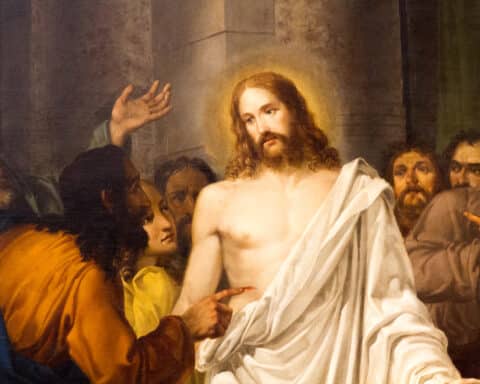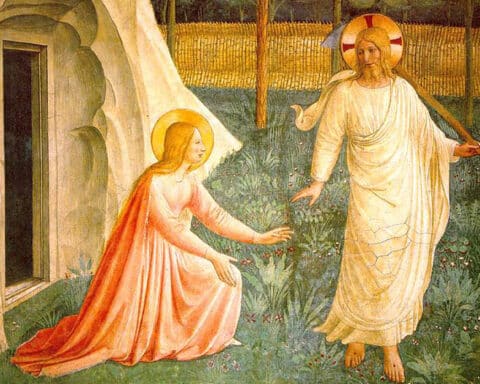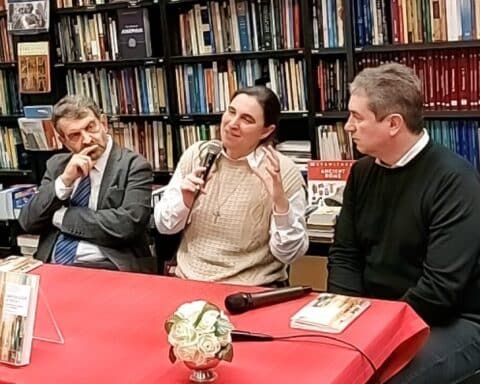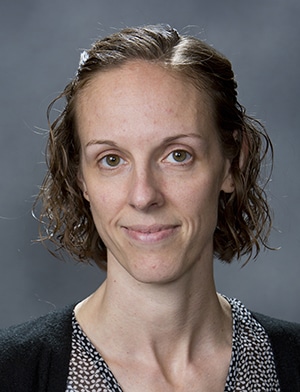
Friends, we hear such stories of vision in the lives of saints. This account can be found in Sigrid Undset’s book, “Catherine of Siena” (Ignatius Press, $19.95).
| March 19 – Fourth Sunday of Lent |
|---|
|
1 Sm 16:1, 6-7, 10-13 |
I relay this story because it seems part and parcel with the message of our readings for this Sunday. These readings “educate our vision,” such that we might see what St. Catherine saw as she beheld this beggar: Christ himself, our king, dressed in rags, cold and wretched.
Our education begins alongside Samuel, who is being taught by the Lord God, himself, what it means to truly “see.” It means, God says, to look into the heart regardless of outward appearance. Only then will Samuel be able to identify the new king of Israel and anoint him as such. This new king was to be David, who was but a young shepherd boy. Indeed, David was called in from the fields to be anointed in the presence of his brothers.
On the heels of this reading from First Samuel, our gaze is adjusted. We no longer look upon the young shepherd boy anointed among his brothers but upon the Lord. We sing together that the Lord is our shepherd. The Lord is, quite literally, the anointed one: Jesus is the Christ.
Yet, to recognize Jesus as our true Lord and king continues to require the education of our vision. It means “looking into the heart,” which beats with divine blood (an awesome phrase from St. Ignatius of Antioch!). It means recognizing God in the man Jesus.
The story of the man blind from birth in John’s Gospel speaks to our own “blindness” to Christ, and opens our eyes to the reality of the man called Jesus. Jesus, we learn, is from God and the Son of Man. This is the mystery of his very self: God made man; the divine person of the Son taking our human nature unto himself so very intimately.
It is only such a Jesus that could come to this blind man, now reduced to sitting and begging, and heal him. Christ is the king of our very nature, having created it and now having come to love it so intimately. The blind man came to see Jesus by this act of love much more than by a poultice of mud and spit.
As the story in John’s Gospel goes, there are many others who do not yet “see.” Jesus remains simply that man Jesus. Nor can they see the man born blind as much more than a beggar.
True vision of both Christ and the beggar requires a vision educated by love. Soon, Good Friday will invite us to look into the heart that beats with divine love. It will be opened to us, quite literally. And it will not look glorious; it will be ragged, almost naked, cold even! Let us be prepared to look well — to even beg to see!
Catherine Cavadini, Ph.D., is the assistant chair of the University of Notre Dame’s Department of Theology and director of its master’s program in theology.

